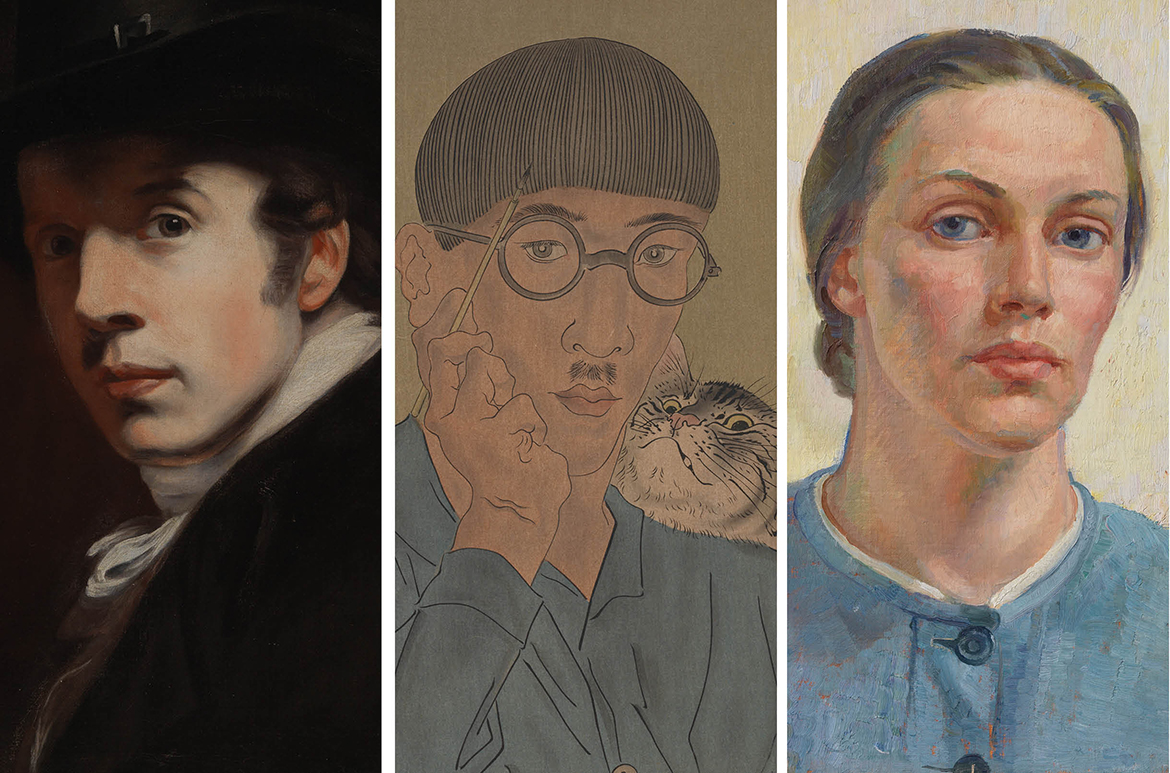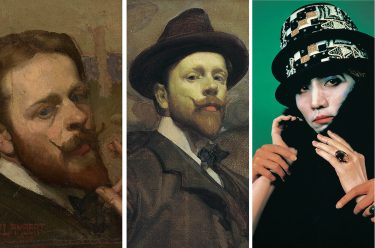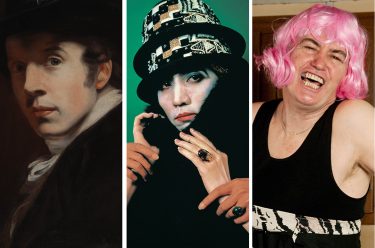Explore the complex and fascinating subject of the self-portrait during the exhibition ‘Looking Out, Looking In’ at the Queensland Art Gallery until 6 August 2023, or follow our blog series that delves into why some artists look inwards to reflect on themselves in self-effacing ways, while others seek to project a more flamboyant image.
DELVE DEEPER: Introducting the self-portrait
RELATED: Explore the self-portrait — a distinct form of portraiture
British painter John Opie’s Self portrait c.1780 (illustrated) dates from a time when portraits were judged by their supposed capacity to evoke a sitter’s ‘likeness’ and assumed to reveal something of their character. In the twentieth century, modern artists tested these assumptions, moving away from representation as an ideal.
John Opie
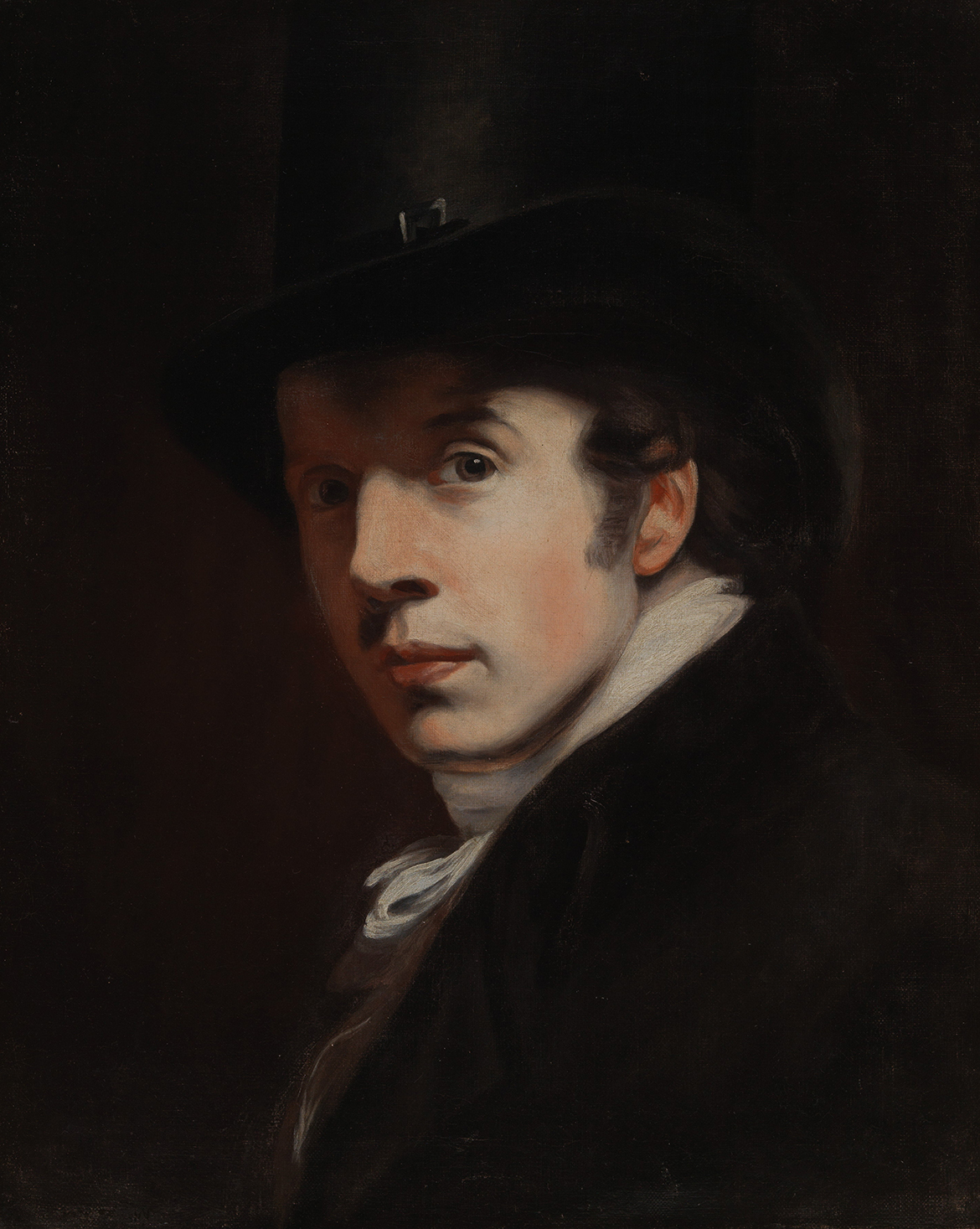
Cornwall-born painter John Opie made this self-portrait when he was about 19 — a considerable achievement for an artist who was largely self-taught. Having developed a capacity for drawing in childhood, he came to the attention of the political satirist John Wolcot, also known by his penname Peter Pindar. Wolcot provided Opie with elementary lessons in painting and access to engravings after the Old Masters, and introduced him to artistic circles in London as ‘The Cornish Wonder’.
Opie quickly found success as a painter of portraits and historical scenes, being described by the distinguished portraitist Joshua Reynolds as ‘like Caravaggio and Velazquez in one’. Opie’s early works are characterised by a freshness and immediacy that is apparent here. The painting displays a virtuosic use of light and shade reminiscent of one of his earliest influences, the Dutch painter Rembrandt van Rijn (1606–69). Like Rembrandt, Opie saw his self-portraits as a means of self-promotion.
Tsugouharu Foujita
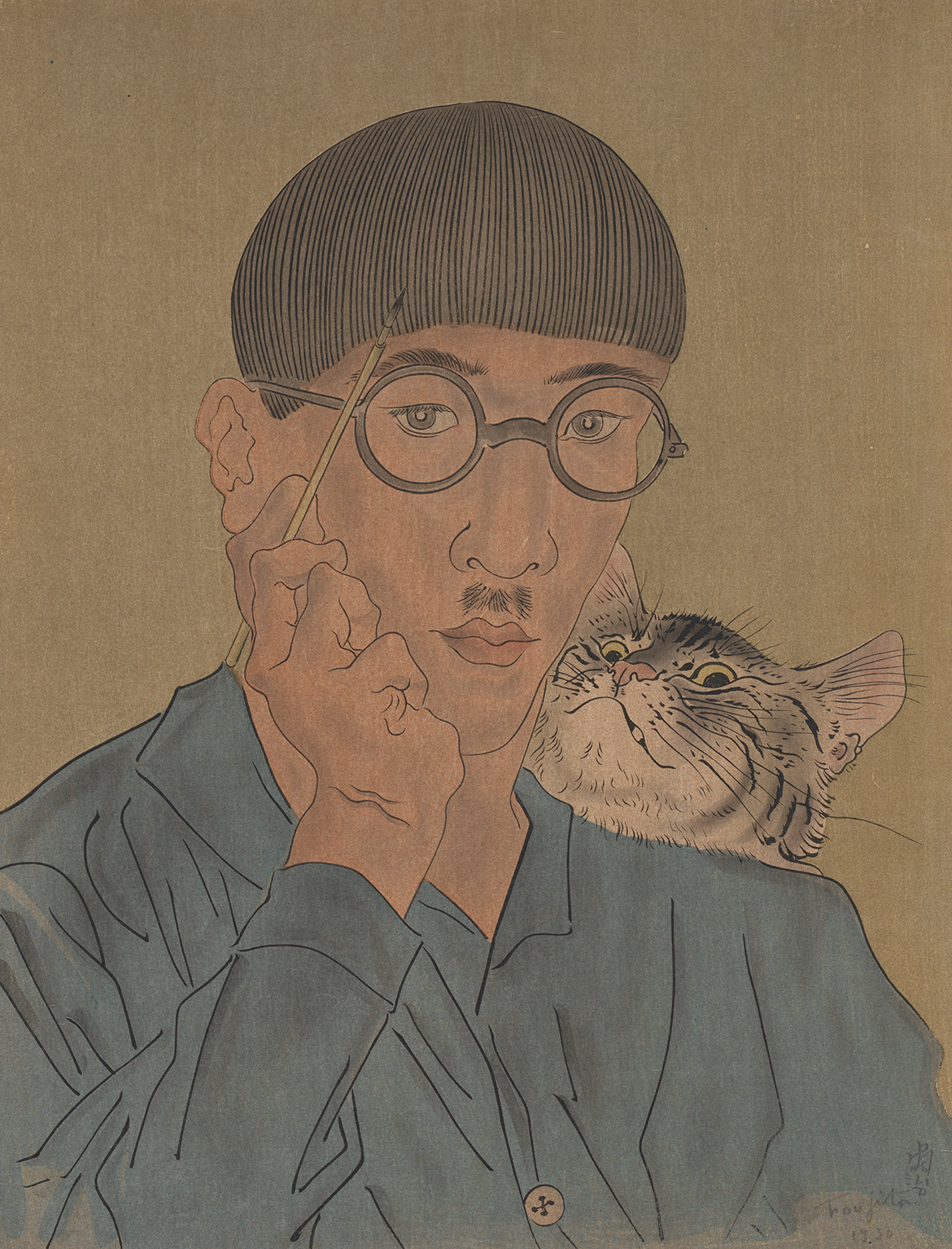
In 1913, the Japanese painter and printmaker Tsugouharu Foujita migrated from Tokyo to Montparnasse in Paris, France, drawn to the enclave’s reputation as a creative hub. Initially knowing no one, he soon formed friendships with renowned French artists such as Amedeo Modigliani, Pablo Picasso, Henri Matisse and Jacques Cocteau (with whom he shared a love of cats), and became a celebrated artist in his own right.
Foujita developed a unique style influenced by the art of his homeland and developments in modern French art, many of which had themselves emerged in response to Japanese ukiyo-e printmaking. His paintings, drawings and prints of elegant nudes and his numerous self-portraits — many featuring cats — such as Self portrait with cat 1930 (illustrated) proved immensely popular. Foujita’s Book of Cats, which was published in the year this self-portrait was made, is now a sought-after rare book.
Nora Heysen
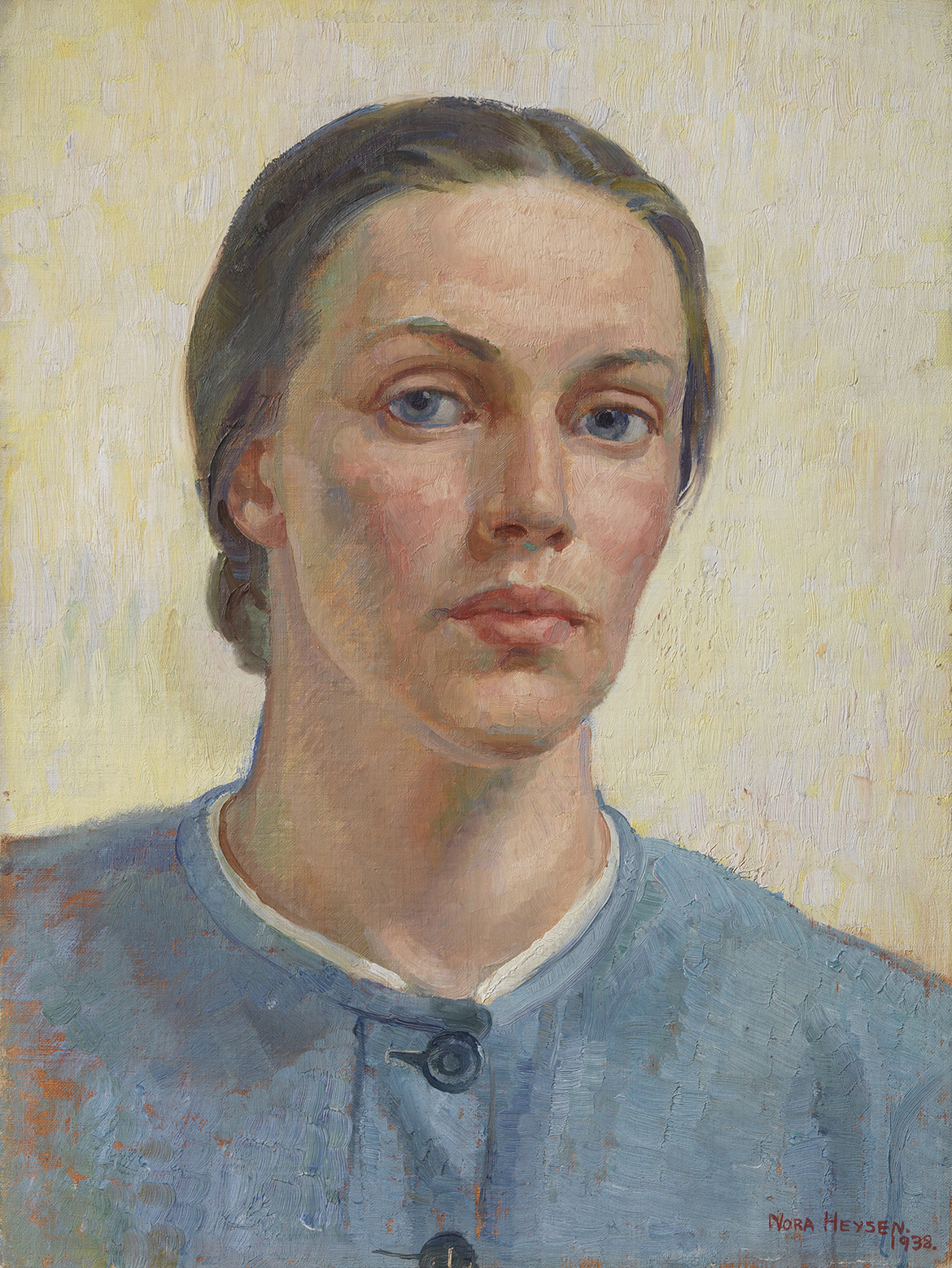
Nora Heysen’s self-portraits are striking images of independence and determination. Painted in 1938, the year that she became the first woman to win the coveted Archibald Prize, her self-portrait (illustrated) became a direct way for Heysen to affirm her identity as an artist: ‘I painted myself because I knew her . . . [Painting self-portraits] is the one time when you can be with yourself absolutely and just paint’.
The pronounced brushstrokes and heightened colour tones reflect the optimism that fuelled Heysen at this point of her career. Gone are the early influences of Italian Renaissance art and classicism. Here she looks forward as a modern woman, committed to her art and painting in a modern idiom. Soon after making this portrait, Heysen moved from Adelaide — and the shadow of her famous father, Hans Heysen — to Sydney, where she quickly established herself as a distinguished portrait painter in her own right.
‘Looking Out, Looking In: Exploring the Self-Portrait’ / 11 March – 6 August 2023 / Queensland Art Gallery, Gallery 4
#QAGOMA
